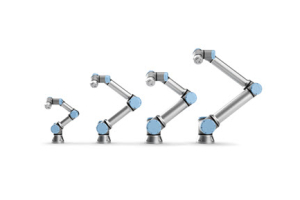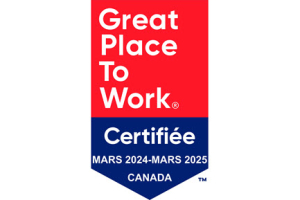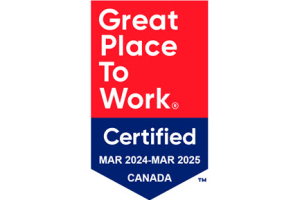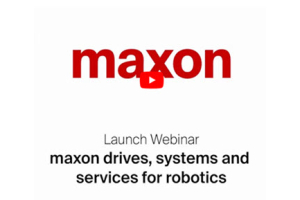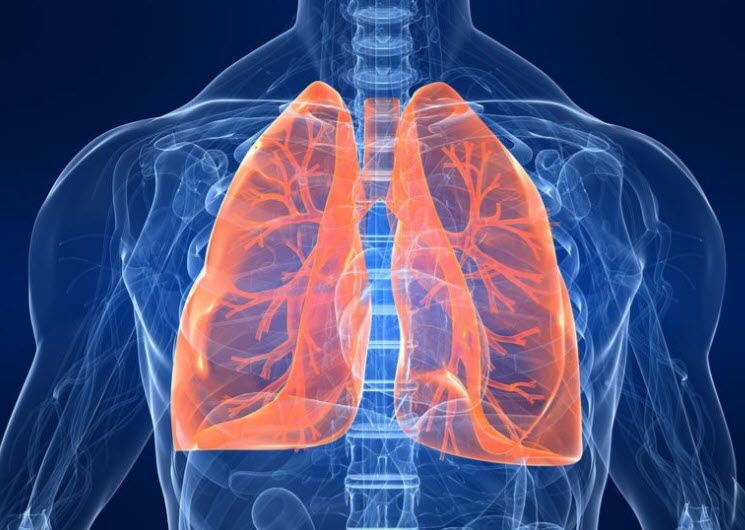
What are Respiration Therapy Devices?
Respiration therapy deals with disorders and diseases of the lungs and vocal tract and can be performed both in hospitals or medical facilities, as well as at-home. Home respiration is a form of intensive care in which patients are mechanically ventilated to treat temporary or permanent nervous system or respiratory muscle failure. There is both invasive and non-invasive ventilation and methods of ventilation can be either pressure- or volume-controlled.
Respiration therapy devices can also be used to treat patients with sleep-related respiratory disorders, such as sleep apnea. They do so by creating a positive airway pressure that keeps the airways open while the patient sleeps. The basis of most respiration therapies are mono-level therapies (CPAP) and self-regulating modes (auto CPAP), in which the pressure varies within previously set pressure limitations depending on occurring events. These particular devices are able to adapt the specific patient and are most commonly used to treat sleep apnea. Brushless DC motors for Respiration Therapy Devices are vital in giving patients a positive therapy experience.
Maxon Motors for Portable Respiratory Therapy Devices
For over 20 years, HOFFRICHTER GmbH has manufactured respiration therapy devices that are quiet and offer high pressure stability. In order to achieve this, a brushless EC 22 motor by maxon is used. This maxon motor is responsible for driving the core component of the respiration therapy device: the turbine. Together, the turbine and motor provide the respective treatment pressure required.
Motor Requirements
Because respiration devices are quite sensitive and life-sustaining devices, there were a number of key requirements the motors had to meet to be used. First, the motors had to be high quality and provide a long service life. Additionally, the motors had to provide top performance while maintaining very dynamic properties. Depending on the patient’s breathing, speed must be adjusted constantly to provide optimal treatment for restorative sleep. Size was also a factor; the space within which the motor could fit is limited, so the device had to be small but mighty. Maxon also noted that noise level had to be considered, as the majority of these devices are used at night. Maxon motors were able to meet all of these requirements, powering a device that allows patients to get healthy, restorative sleep.
For more information regarding the maxon brushless EC 22 motor and its applications, read the full article here and contact Electromate today.


